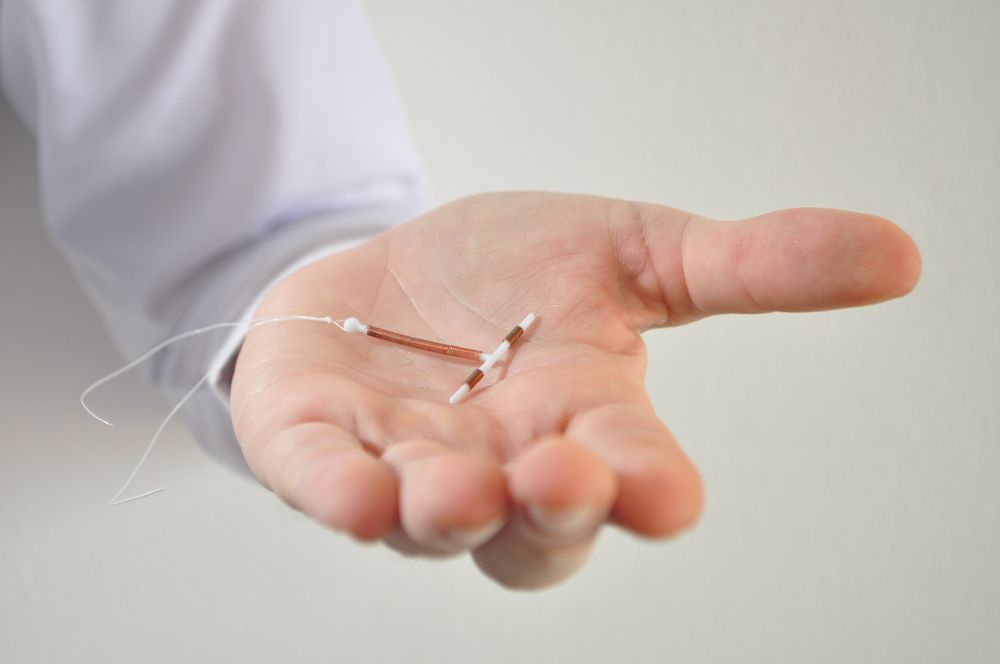Inserting an IUD (intrauterine device) can be a game-changer for many women looking for long-term birth control. But when it comes to everyday essentials like tampons, discomfort is a real concern. One of the most searched questions is: Can you use tampons with an IUD? The short answer is yes—but there’s more to it. This article covers top ways to relieve pain when using tampons after getting an IUD, practical tips, expert advice, and the do’s and don’ts you need to know.
Understanding the Basics: IUDs and Tampons
What Is an IUD?
An IUD is a small, T-shaped device inserted into the uterus by a healthcare provider to prevent pregnancy. It can be hormonal (like Mirena or Kyleena) or non-hormonal (like Paragard). IUDs are known for their effectiveness, but inserting one can lead to cramping, sensitivity, and discomfort—especially during your next few cycles.
Can You Use Tampons with an IUD?
Can you use tampons with an IUD? This is a very common concern. The answer is yes, you can use tampons with an IUD. However, proper care and awareness are essential to avoid irritation or accidental displacement of the device. Tampons do not interfere with the IUD when inserted correctly, but discomfort can occur post-insertion or during heavy flow days.
Common Causes of Pain When Using Tampons After an IUD
Before we jump into pain relief tips, it’s important to understand why pain may happen:
- Sensitivity Post-Insertion: The cervix may still be tender days or even weeks after IUD placement.
- Wrong Tampon Size: Super-absorbent tampons can apply pressure or be uncomfortable.
- Incorrect Insertion Angle: Tampons inserted at the wrong angle may irritate the cervix or vaginal walls.
- IUD Strings Interference: Some women feel discomfort if the tampon touches or tugs on the IUD strings.
Understanding these issues is key to managing pain effectively.
Top Ways to Relieve Pain When Using Tampons After IUD
1. Wait a Few Cycles Before Using Tampons
While the answer to “Can you use tampons with an IUD?” is yes, it’s often recommended to wait for at least one full cycle post-insertion. This gives your body time to adjust and reduces the risk of dislodging the IUD. During this time, consider using pads or period underwear instead.
2. Use Slim or Light Tampons
Choose tampons designed for light flow or labeled “slim fit.” These are easier to insert and less likely to cause irritation. Avoid super absorbent types unless necessary, as they can press against sensitive tissues and cause pain.
3. Apply a Water-Based Lubricant
If dryness or sensitivity is an issue, applying a small amount of water-based lubricant to the tip of the tampon can help ease insertion. Avoid petroleum-based products, as they can increase the risk of infection.
4. Practice Proper Insertion Technique
Always insert the tampon at a slight upward angle, following the natural curve of your vagina. Improper insertion can lead to discomfort and even tug at the IUD strings.
Tip:
To minimize discomfort, squat or elevate one leg while inserting. This relaxes the pelvic muscles and allows smoother insertion.
5. Be Aware of IUD Strings
Your IUD has two small strings that hang down from the cervix into the vagina. If you feel the strings poking or tangling with the tampon, consult your gynecologist. You may also feel reassured by knowing that tampons cannot pull out an IUD if used properly.
6. Alternate with Pads on Heavy Flow Days
Even though you can use tampons with an IUD, on days of heavy bleeding, switching to pads may relieve pressure and reduce irritation. Pads allow the vaginal walls and cervix to stay relaxed and untouched.
7. Use a Heating Pad for Cramps
If tampon use worsens cramping, applying a warm heating pad to your lower abdomen can help. This promotes blood flow and relaxes the muscles, relieving both tampon-induced and IUD-related discomfort.
8. Try Menstrual Cups or Discs (with Caution)
If tampons remain uncomfortable, some users explore menstrual cups or discs. Be cautious, though: improper removal can lead to suction near the cervix, potentially disturbing the IUD.
Again, consult your doctor before trying this route.
9. Consider Switching Tampon Brands
Not all tampons are created equal. Some women find relief by switching to organic cotton tampons, which are often free of harsh chemicals and may reduce irritation.
10. Consult a Gynecologist if Pain Persists
Persistent pain isn’t normal. If tampons continue to hurt after several cycles with your IUD, book an appointment. The IUD may have shifted, or another underlying issue like an infection or cervical condition could be the culprit.
Post-Treatment Care Tips
- Check Your Strings Regularly: Once a month, feel for the IUD strings to ensure it’s in place.
- Track Pain Levels: Keep a journal of when pain occurs—this helps in spotting patterns or irregularities.
- Avoid Tampons for the First 48 Hours After IUD Insertion: This helps lower the risk of infection and allows your body to adjust.
FAQs
Can you use tampons with an IUD right away?
It's best to wait 24–48 hours and consult your doctor. Most women can resume tampon use by their next cycle.
Can a tampon pull out my IUD?
It’s extremely rare. As long as the tampon is inserted and removed correctly, it won't dislodge the IUD.
Can tampon use increase cramps with an IUD?
Some women do feel extra cramping due to increased sensitivity, especially right after insertion. Using smaller tampons or switching to pads temporarily can help.
Final Thoughts
Can you use tampons with an IUD? Yes, you can—but with a little extra care. If you're experiencing pain, don't panic. It’s often manageable with simple strategies like choosing the right tampon, applying lubricant, or using a heating pad. Listen to your body, and don’t hesitate to reach out to your healthcare provider for guidance. With the right approach, you can stay protected and comfortable throughout your cycle.





Comments